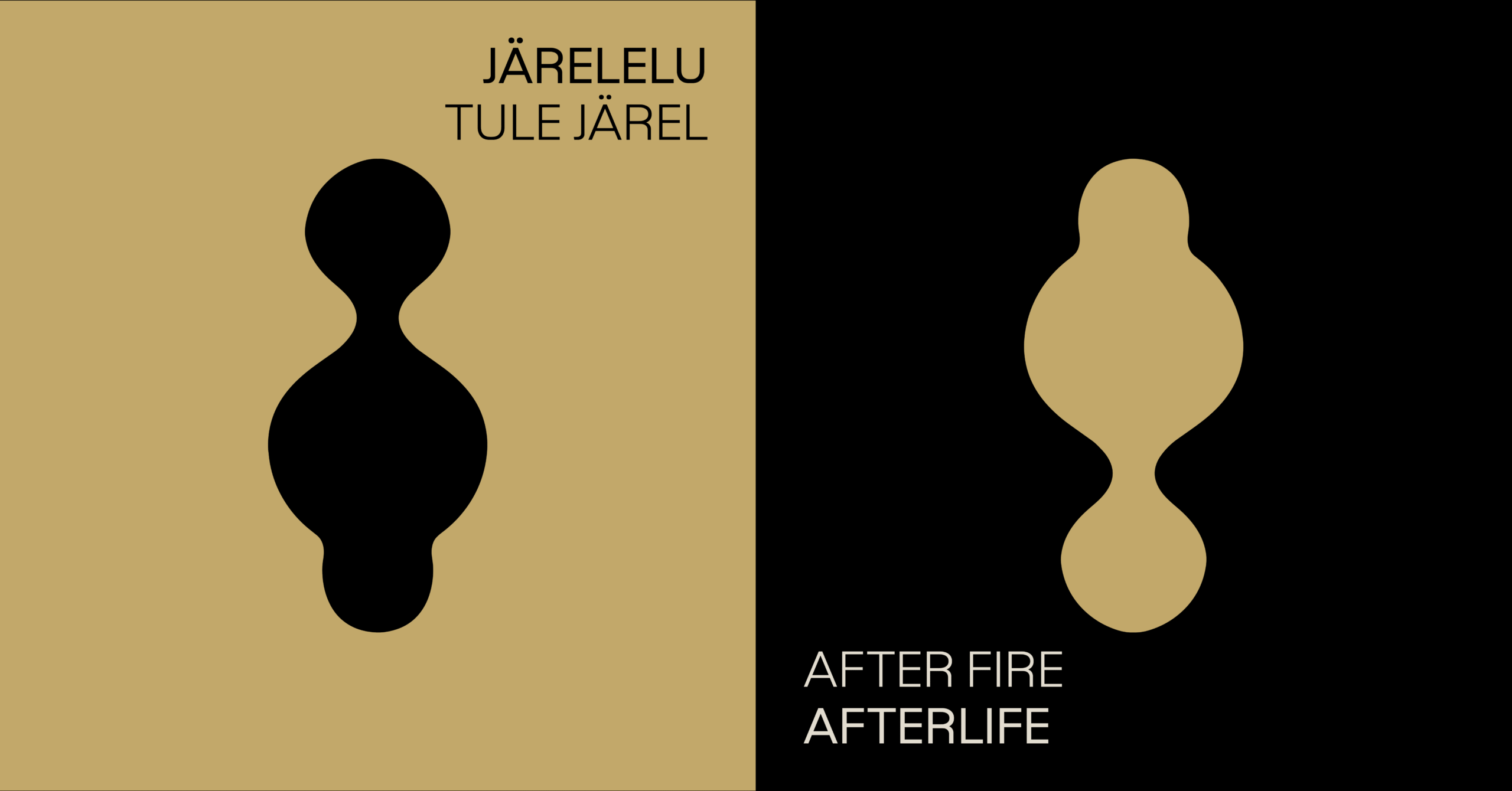It was back in the mid-1990’s when Professor Richard Spiller from East Carolina, USA, suggested the Estonian ceramicists the idea of building a wood-fired kiln in Estonia. At about the same time Kaja Pirnpuu had started ceramics courses at Tohisoo manor. In spring 2000 Kaja asked Andres Allik to give a course on pit-firing. The idea of building a kiln was about to become a reality by that time and Tohisoo Manor park seemed to be the right place. So Andres convinced us that this was the right place.
After saying yes to the idea, everyday life broke in. I quickly invited local employers, asking them to support the idea and it’s realization. Hugo Sepp who was municipality architect at that time helped with planning the area and co-ordinated the documentation with the Environmental Board and the Rescue Board.
The basement for the kiln was made by AS Vesiroos (Riho Pihlapuu), the local community administration sent an excavator which worked for three days in order to install the underground cable up to the kiln. Road master of Kohila (Toivo Heinla) helped with gravel, AS Veeder (Kaarel Mänd) helped with timber and beams.
Roof was made of hundred years old beams which were brought from Vabaduse Street 10, where had been a house with cultural and environmental value, which had burnt down earlier the same year. Thus the old beams got a new life in the construction of the kiln. Following the example of Americans, Estonians could take part in the movement “My brick for the kiln” and support the construction of the kiln by buying a fireclay brick. About a hundred people participated in that action.
The kiln that has brought much recognition to Kohila and Rapla County through ceramics symposia, pottery fairs and through artists who have participated in them, is one of the few objects in Kohila where so many people have contributed to. Many thanks to you all!






